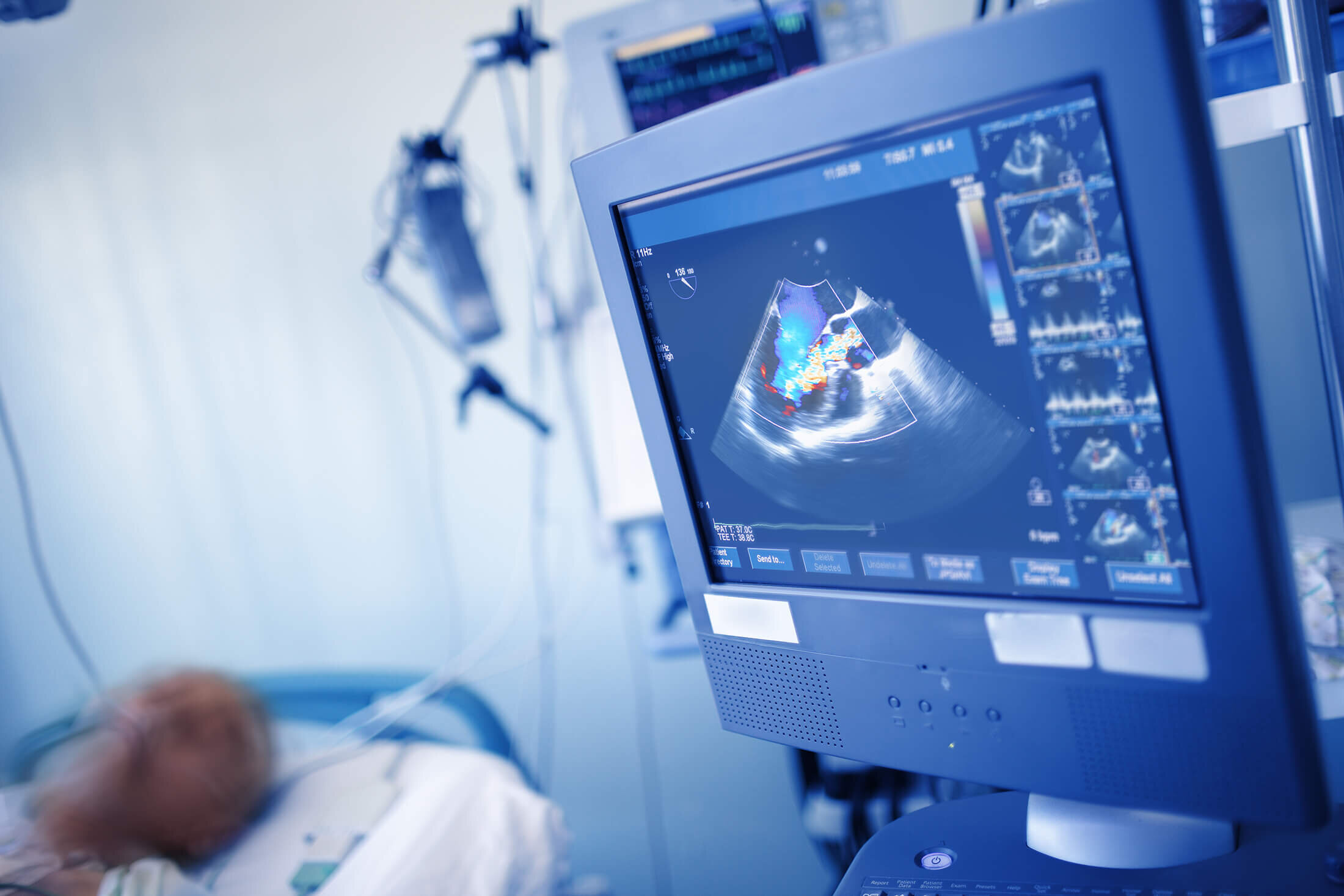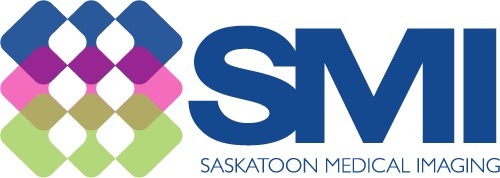
Mammography
Mammography/
Tomosynthesis
Mammography uses low-dose x-rays for imaging of the breast. The image of the breast is produced as a result of some x-rays being absorbed while others pass through the breast to expose a digital image.
Screening and Diagnostic Mammography
Screening mammography can assist your physician in the detection of breast disease even if you have no signs or symptoms. Screening programs evaluate asymptomatic individuals to determine if they have subclinical breast diseases. If an abnormality is seen on screening mammography, this usually leads to further examination by mammography or ultrasound.
Diagnostic mammography is used to evaluate a patient with abnormal clinical findings, such as a breast lump or lumps, nipple discharge, etc., that have been detected by the woman or her doctor or at the Breast Screening Program.
State of The Art
Breast Imaging Equipment
Most medical experts agree that in order to maximize the potential for cure of a patient’s breast cancer, early diagnosis plays an important role. Mammography plays a central part in the early detection of breast cancer because it can show changes in the breast that are suspicious for cancer before a patient or physician can feel them or see them.
Our mammography center at Bedford Square is fully accredited by the Canadian Association of Radiologists (CAR).
We have upgraded our breast imaging equipment to state-of-the-art tomosynthesis. Its benefits include increased cancer detection, reduced need for additional views, fewer false positives and similar radiation exposure.
How is the procedure performed?
During mammography, a specially qualified radiologic technologist will position your breast in the mammography unit. Your breast will be placed on a special platform and compressed with a paddle (often made of clear plexiglass or other plastic). The technologist will gradually compress your breast.
Breast compression is necessary in order to:
Even out the breast thickness so that all of the tissue can be visualized.
Spread out the tissue so that small abnormalities are less likely to be obscured by overlying breast tissue.
Allow the use of a lower x-ray dose since a thinner amount of breast tissue is being imaged.
Hold the breast still in order to minimize blurring of the image caused by motion.
Reduce x-ray scatter to increase sharpness of picture.
You will be asked to change positions between images. The routine views are a top-to-bottom view and an angled side view. The process will be repeated for the other breast.
You must hold very still and may be asked to keep from breathing for a few seconds while the x-ray picture is taken to reduce the possibility of a blurred image. The technologist will walk behind a wall or into the next room to activate the x-ray machine.
When the examination is complete, you will be asked to wait until the radiologist determines that all the necessary images have been obtained.
The examination process should take about 30 minutes.
How Should I prepare?
Before scheduling a mammogram, the Canadian Association of Radiologists (CAR) and other specialty organizations recommend that you discuss any new findings or problems in your breasts with your doctor. In addition, inform your doctor of any prior surgeries, hormone use, and family or personal history of breast cancer.
Do not schedule your mammogram for the week before your menstrual period. The best time to book a mammogram is one week following your menstrual period. Always inform your doctor or x-ray technologist if there is any possibility that you may be pregnant.
If possible, determine the location of any prior mammograms and let our reception staff know when and where they were performed. Saskatoon Medical Imaging will make all reasonable attempts to obtain these films for comparison to the current exam.
Avoid caffeinated beverages 3 – 4 days prior to your examination and do not use deodorant or talcum powder on the day of your mammogram. Do not wear any make-up/lotions that contain glitter.
You will be asked to remove all jewelry and clothing above the waist, and you will be given a gown or loose-fitting top that opens in the front.





